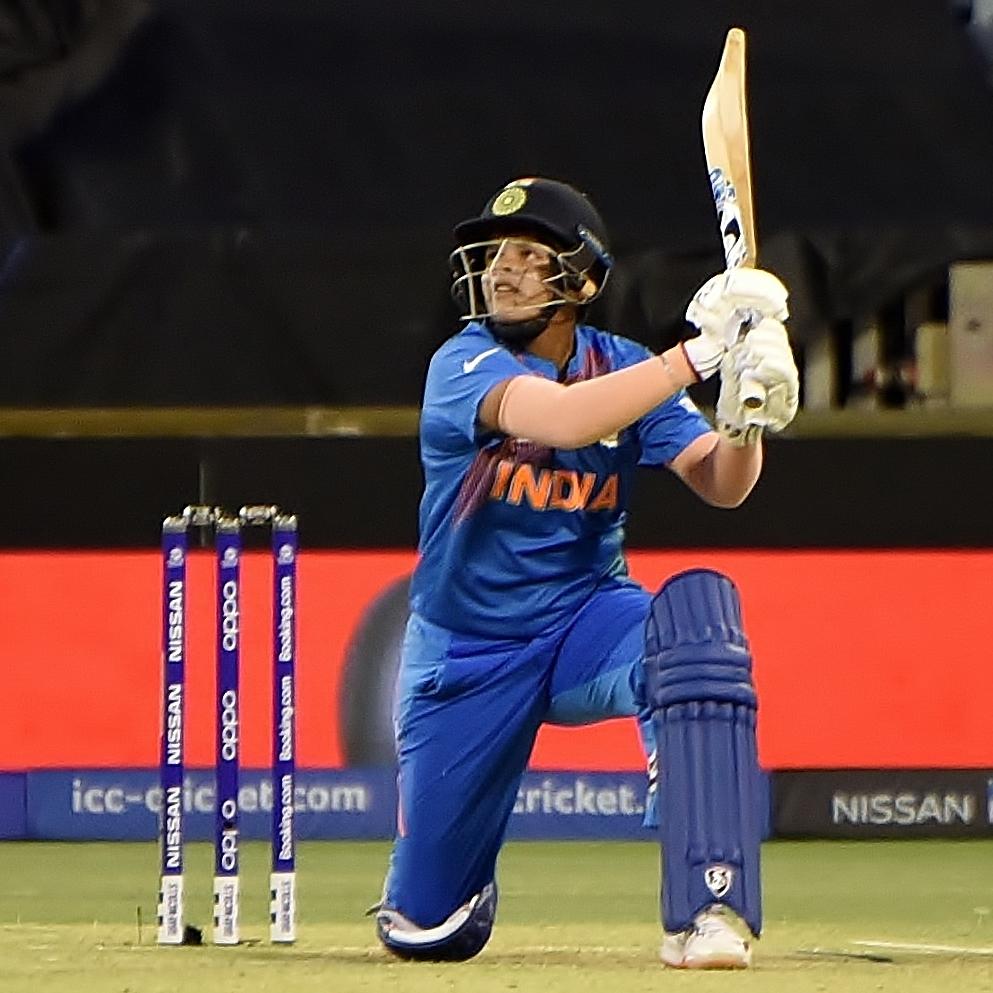- Advertisement -
In a thrilling encounter at the Women’s World Cup final, Shafali Verma played a pivotal innings to propel India’s campaign against South Africa. The young opener showcased remarkable composure and aggressive stroke play, reaching a confident half-century that energized the Indian batting lineup. Her performance not only set the tone for India’s innings but also highlighted her growing stature on the international cricket stage as the team aims for World Cup glory.
IND vs SA Women’s World Cup Final Shafali Verma Powers India with Match-Defining Half-Century
Shafali Verma exhibited exceptional power and precision with her explosive knock, anchoring India’s innings during the high-stakes encounter against South Africa in the Women’s World Cup final. Her half-century, comprising an array of aggressive strokes and timely boundaries, set the foundation for India’s competitive total, leaving the South African bowlers struggling to find a rhythm. Verma’s fearless approach in the powerplay overs enabled India to build momentum early, capitalizing on loose deliveries and applying scoreboard pressure right from the start.
Her innings featured a blend of sharp singles and calculated risks, reflected in the clear dominance over the bowling attack. Verma’s half-century not only lifted the team’s morale but also highlighted her role as a match-winner in crunch situations. Below is a summary of Shafali Verma’s key batting stats in the final:
| Runs | Balls Faced | Boundaries | Strike Rate |
|---|---|---|---|
| 58 | 44 |
|
131.81 |
Technical Analysis of Shafali Verma’s Batting Strategy Against South Africa’s Bowling Attack
Shafali Verma showcased a masterclass in adaptability and aggression against South Africa’s disciplined bowling lineup. Against the pace trio, she demonstrated a sharp mix of quick footwork and innovative shot selection, especially utilizing the cut and pull shots to exploit short deliveries. Her ability to quickly read length allowed her to counteract South Africa’s attempt to bowl tight lines outside off-stump, often stepping down the track to disrupt the bowlers’ rhythm. The young opener’s approach against spin was equally impressive; she used soft hands and precise placement to rotate the strike, preventing any buildup of pressure during middle overs.
Below is a concise breakdown of her strategy against key bowlers:
- Shabnim Ismail: Targeted with quick flicks and widened stance to counteract sheer pace.
- Sune Luus: Used gradual acceleration, punishing loose balls outside off-stump.
- Ayabonga Khaka: Relied on her strike rotation skills and deft late cuts to maintain momentum.
| Bowler | Deliveries Faced | Runs Scored | Boundary Count |
|---|---|---|---|
| Shabnim Ismail | 15 | 27 | 4 |
| Sune Luus | 12 | 18 | 3 |
| Ayabonga Khaka | 10 | 21 | 5 |
Key Takeaways and Tactical Recommendations for India’s Batting Lineup Moving Forward
Shafali Verma’s half-century in the Women’s World Cup final has reaffirmed the immense potential at the top of India’s batting order. Her aggressive yet composed approach sets a strong platform, enabling the middle order to build upon a solid foundation. Moving forward, it is crucial for India to nurture this fearless style of play while balancing aggression with calculated shot selection. This will not only maintain momentum but also tackle varied pitch conditions and bowling attacks effectively.
- Encourage Shafali and other openers to play with controlled aggression for maximizing powerplay overs.
- Strengthen middle-order stability by promoting adaptable batters capable of anchoring innings under pressure.
- Leverage data analytics to identify weaknesses in opposing bowling attacks and adjust batting strategies accordingly.
In addition, fostering partnerships is key to India’s batting success. Partnerships provide stability and momentum, and the team should emphasize communication and rotating strike smartly. By focusing on building innings output through sustained partnerships, the batting lineup will be better positioned to chase or set formidable targets. Consistent efforts in acclimatizing players to different match situations will further enhance their ability to thrive in high-stakes encounters.
| Area | Tactical Focus | Expected Outcome |
|---|---|---|
| Opening Pair | Controlled aggression, powerplay exploitation | Higher run rate, pressure on bowlers early |
| Middle Order | Adaptability, partnership building | Innings stability, effective chase |
| Strike Rotation | Smart running, minimizing dot balls | Maintained momentum, reduced pressure |
Key Takeaways
As the Women’s World Cup final unfolds, Shafali Verma’s half-century has injected fresh momentum into India’s innings against South Africa. Her aggressive stroke play and determined presence at the crease have provided a solid foundation for the team’s chase. With the match poised delicately, all eyes remain on the young opener as India aims to capitalize on her form and edge closer to lifting the coveted trophy. Stay tuned for further updates as this thrilling encounter progresses.
- Advertisement -


